Checkups and Tests You Need Now

Getting a checkup is a way of making sure everything is OK. Some people see their doctor every year for a physical. But there's some debate about whether an annual exam is helpful or needed. How often you should have a checkup depends on many things, including your age, general health, and whether you have risk factors for certain problems. At a routine checkup, your doctor will ask you questions about your health and lifestyle. She'll listen to your heart and lungs. She'll also likely measure your weight and vital signs like blood pressure and temperature.
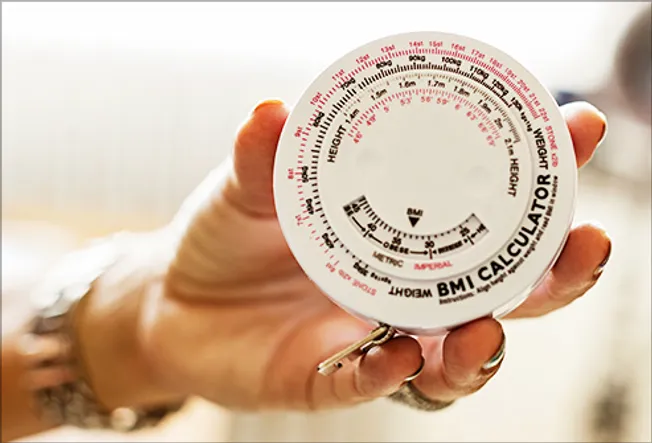
Whether you go for a regular physical or for some other checkup, your doctor will likely check your height and weight. He's doing that to measure your BMI, or body mass index. Keeping your BMI in a healthy range helps protect you from problems like heart disease, type 2 diabetes, some types of cancer, and more. Your BMI is based on a formula of height and weight. A healthy BMI is between 18.5–24.9. If you're not in that range, your doctor will suggest ways to get to a healthy weight.

Your blood pressure rises as your heart beats and falls as it relaxes between beats. It’s a measure of the pressure of the blood in your arteries. Too high can lead to heart disease and stroke. Normal blood pressure is less than 120 over 80. Doctors define high blood pressure, also called hypertension, as 140 over 90 or higher. The American Heart Association suggests you get your blood pressure checked at least every 2 years. If it's high, you'll need to get it checked more often. Ask your doctor how often you should have your BP checked.
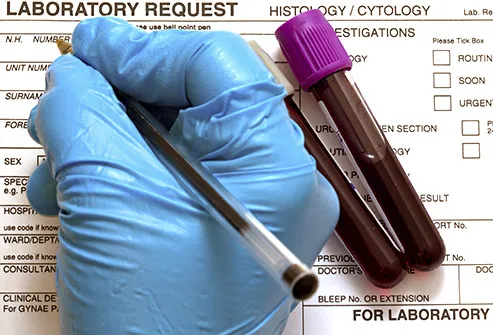
This is how much fat is in your blood. High cholesterol can lead to heart disease and stroke. The American Heart Association recommends you get your cholesterol checked every 4-6 years if you're over 20 and don't have heart or blood vessel disease. If you do, they’ll likely recommend checks more often. Other medical groups recommend that men wait until age 35 and women wait until 45 unless you have a risk of heart disease. Talk to your doctor about what's best for you.
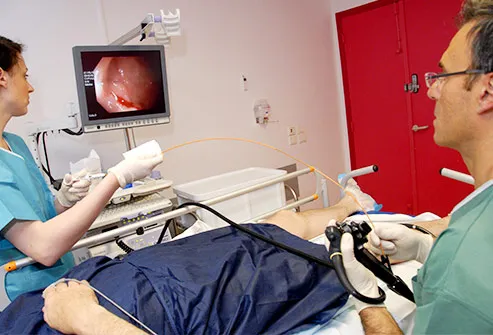
Tests look for cancer in the colon or rectum by checking for blood or for –tissue growths called polyps. If you don't have any extra cancer risks, you should start getting screened at age 50 and continue until you’re 75. There are different screening tests that may be right for you. Fecal occult blood tests (FOBT) should be done each year. Sigmoidoscopy, in which your doctor checks part of your colon with a lighted tube, plus FOBT should be done every 5 years. Colonoscopy, in which the doctor examines your entire colon with a lighted tube, should be done every 10 years.
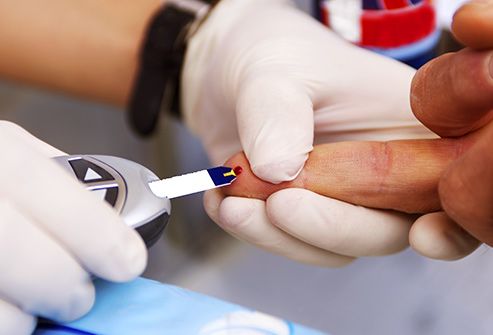
This is a way to check for diabetes or prediabetes. The American Diabetes Association suggests you get tested starting at age 45. The test is strongly recommended -- even if you're younger -- if you're overweight or have diabetes risk factors like high blood pressure. Then you should be tested at least every 3 years or more often, depending on the results. It's a simple blood test that measures the sugar (or glucose) levels in your blood.
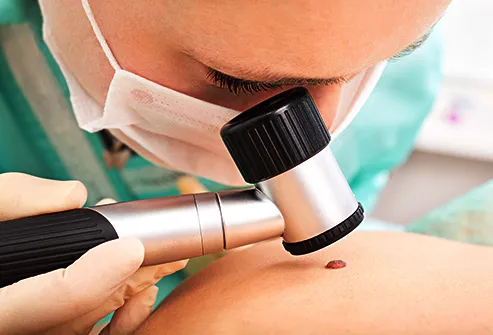
It's a good idea to check your skin regularly for any changes in moles, freckles, and other marks. The American Cancer Society suggests you do a skin self-exam once a month. Most skin cancers can be found early that way. And when they're found early and treated, they're almost always curable. If you or someone in your family has had skin cancer before, it might be smart to have your skin checked regularly by a doctor.

Starting in your 20s, if you're woman, you should have a breast exam by a health care provider. It gives you a chance to talk about any changes in your breasts and discuss anything in your health history that might make breast cancer more likely to happen. You can also make sure you know how to do self-exams if you choose. The American Cancer Society does not recommend breast exams, but encourages women to know what their breasts normally look like and report changes to their doctors.
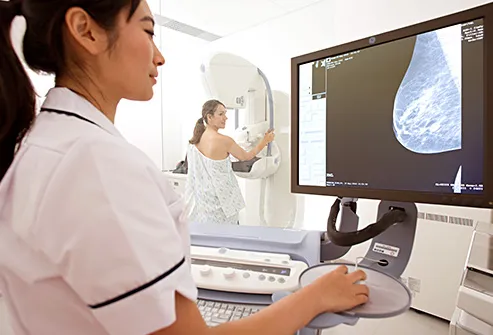
This is an X-ray that looks for changes in the breasts. The American Cancer Society recommends that women age 45 and older should have one every year. Other medical groups suggest that women should have mammograms every 2 years starting when they're 50, until they're 74. Talk to your doctor about what's best for you.

A Pap test (or Pap smear) checks for cancers in the lower part of the uterus, called the cervix. The doctor uses a special small stick or brush to take a few cells from your cervix for the test. Starting at age 21 through age 29, women should have the test every 3 years. If you're between 30 and 64, you should get a Pap test and human papillomavirus (HPV) test together every 5 years or a Pap test alone every 3 years.
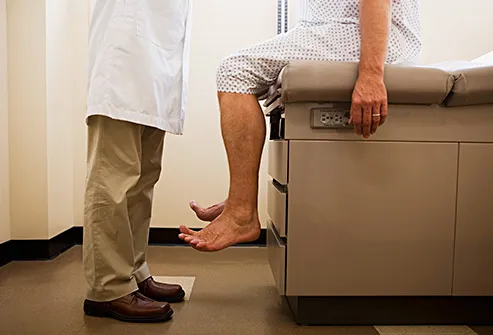
A routine physical for men might also include a checkup of the penis and testicles. The doctor will check the testicles for tenderness, lumps, or changes in size. In looking at the penis, the doctor might notice signs of sexually transmitted illness like warts or ulcers. To check for a hernia, he will ask you to “bear down” or "turn your head and cough." Depending on your age, he may check the prostate for size and any problem areas by inserting a finger into the rectum.
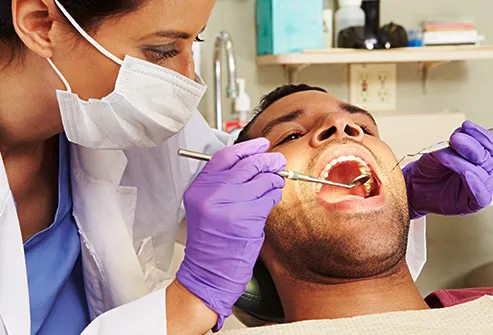
Hopefully you brush and floss every day. But it's smart to also see a dentist regularly so she can look for cavities, gum disease, and other problems in your mouth. Some people may need to see a dentist once or twice a year. It depends on your oral health and what you need to do to keep your mouth and smile healthy.